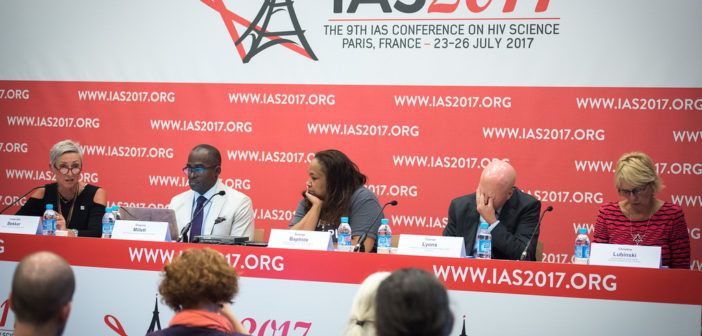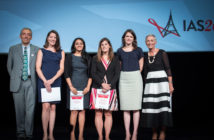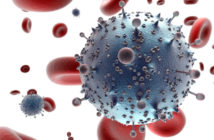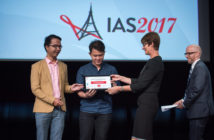HIV experts joined forces in an official press conference at the 9th IAS Conference on HIV Science (IAS 2017) yesterday to issue a strong call for a renewed global commitment to funding for HIV research and programmes, highlighting the return on investment for governments, communities and the private sector.
IAS 2017 takes place in the context of recent declines in global HIV funding and as major government donors are either calling for or considering further cuts to scientific research funding. A recently released report from UNAIDS and the Kaiser Family Foundation found that government funding for HIV fell for the second year in a row in 2016, declining 7% over the previous year. In current US dollars, this brings disbursements to their lowest level since 2010. Additionally, a new AVAC report found that funding for HIV prevention R&D in 2016 decreased by 3% from the previous year, the lowest annual investment in more than a decade.
The US – the largest donor in the world’s HIV response – is threatening devastating funding cuts for research and treatment programmes. amfAR and AVAC recently forecast that proposed US funding cuts, if fully enacted, would result in more than 1 million HIV treatment disruptions and nearly 150,000 AIDS-related deaths.
“Current attacks on HIV research funding threaten to stall or undo recent progress,” Linda-Gail Bekker, the President of the International AIDS Society (IAS) and International Scientific Chair of IAS 2017, said. “Through investments like PEPFAR, we have seen what can be achieved when nations and donors come together to direct meaningful resources toward solutions. PEPFAR has significantly impacted the global HIV epidemic.”

9th IAS Conference on HIV Science (IAS 2017), Paris, France. Official IAS Press Conference: Impacts of investing in HIV. Photo shows Linda-Gail Bekker, IAS 2017 International Scientific Chair, Gregorio Millett, Vice President and Director, Public Policy, amfAR, Solange Baptiste, Executive Director, International Treatment Preparedness Coalition (ITPC Global), Mark Harrington, Executive Director, Treatment Action Group, Christine Lubinski, Vice President for Global Health, Infectious Diseases Society of America, and Backtrin Killingo from Kenya. Photo ©IAS/Steve Forrest/Workers’ Photos
The expert panel included: Gregorio Millett, Vice President and Director of Public Policy at amfAR, who discussed the real-world impact of potential funding cuts; Solange Baptiste, Executive Director of the International Treatment Preparedness Coalition (ITPC Global), who spoke about why community investment and strengthening is critical; Charles Lyons, President and Chief Executive Officer of the Elizabeth Glaser Paediatric AIDS Foundation, who provided the perspective of an organization implementing HIV programmes; and Christine Lubinski, Vice President for Global Health at the Infectious Diseases Society of America, who underscored the need for continued research investments to better understand and respond to the epidemic.
Several notable IAS 2017 studies examine the return on investment of HIV finances, including:
- A randomized control trial in South Africa assessing the costs and benefits of integrating HIV and maternal/child health care, which looked at the potential for perinatal home visits to influence better health outcomes for women and their babies.
- Analyses of community-based HIV care for adolescents.
- An analysis of 38 sub-Saharan African countries with high rates of HIV, assessing whether differentiated care models saved both direct costs and health workers’ time.
- A South African case study of the immediate and direct impact of phasing out USAID funding for HIV services and health facility staffing.




